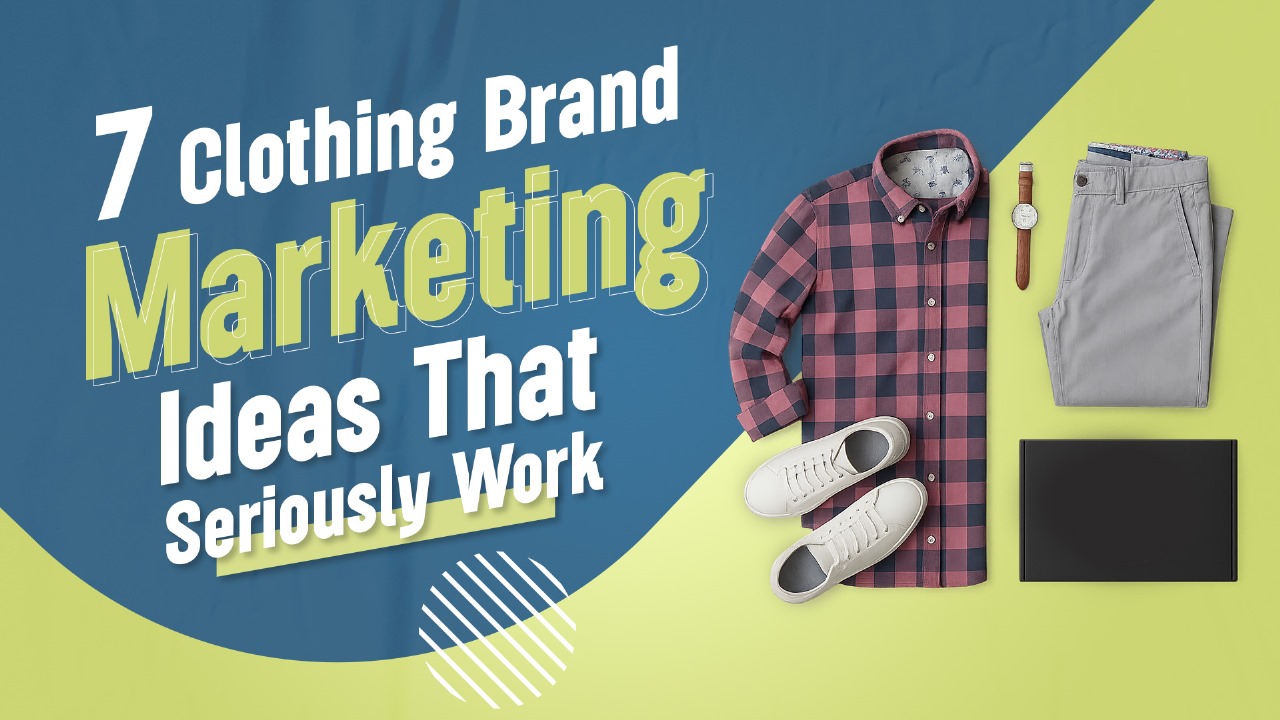

I still remember the first time I walked into a tiny streetwear store in Mumbai. It wasn’t in a fancy mall, it wasn’t backed by celebrities, and it didn’t even have a huge signboard. But the second I entered, I was hooked.
The walls told a story. The founder had handwritten little notes about the fabric. Customers’ Polaroid pictures were stuck behind the billing counter. They weren’t selling just T-shirts – they were selling a culture, an identity, a belonging.
And here’s the kicker: That brand today ships worldwide.
Why? Because they cracked the code of marketing. Not by throwing money at billboards, but by creating experiences and conversations that mattered.
At Digitalicreatives, we’ve worked with enough clothing and fashion brands to know one thing for sure: in this industry, digital marketing is everything. The right idea can transform a small label into a movement. And the wrong approach? Well, it can make even the best product invisible.
So, if you’re a clothing brand wondering how to stand out in this ocean of fashion startups, fast-fashion giants, and D2C labels, let me walk you through 7 marketing ideas that seriously work.
1. Build a Story, Not Just a Store
Clothes are not a material, they are an identity. People don’t buy a t-shirt because it’s made of polyester. They buy it because it represents who they are. Your marketing message should be about telling stories. Talk about your brand history, your struggles, your inspirations. Why did you start this brand? What values does it stand for? Example: Patagonia sells jackets but what they’re actually selling is sustainability, adventure, and responsibility. That’s why their customers feel proud to display their logo. Pro-tip by Digitalicreatives: Instead of writing “NEW COLLECTION AVAILABLE”, write “We designed this collection for people who… [insert purpose story here]”. This instantly makes followers feel like they are part of something bigger.2. Leverage Micro-Influencers (Not Just Celebs)
We all want a celebrity to wear our clothes. But here’s what actually sells more — micro-influencers. Micro-influencers (followers: 5k–50k) have a closer relationship with their audience. Their recommendations come across as more authentic. Example: A Delhi-based thrift fashion brand grew 10x after working with 30+ smaller Instagram creators. More authentic content, higher shares and conversions — with less effort. Pro-tip by Digitalicreatives: Collaborate with influencers instead of just sending free merchandise. A “styled by them” reel feels more organic than a forced shoutout.3. Create Limited Edition Drops
Scarcity sells. If something is available for a limited time, people act faster. Think of streetwear brands like Supreme — each “drop” is an event, not just a sale. Fans wait for it and act fast. Pro-tip by Digitalicreatives: Build hype before a drop using countdowns, teaser reels, and behind-the-scenes videos. Make your audience feel like VIPs.4. Make Customers the Heroes
Your customers are your strongest brand ambassadors. They put on your clothes, post selfies, and share them online. That’s free advertising. Example: A small athleisure brand asked buyers to post workout selfies and tag them. They reposted every single one. Soon, people started buying just to get featured. Pro-tip by Digitalicreatives: Create a hashtag for your brand like #WearYourStory or #StyledBy[BrandName] and reward customers who use it with shoutouts or discounts.5. Nail Your Content Game (Short-Form Wins)
If you’re a clothing brand in 2025 and not making short-form videos, you’re leaving money on the table. Instagram Reels, TikTok, and YouTube Shorts are where fashion lives. People want to see outfits in action, styling tips, and BTS moments. Example: Zara’s sleek fashion reels and thrift shop “Before & After” transformations go viral regularly. Pro-tip from Digitalicreatives: You don’t need expensive cameras. A simple iPhone video of “3 ways to style our new shirt” can outperform a full campaign. The key is authenticity.6. Collaborate Smartly
Collabs aren’t just for billion-dollar brands. Small labels can collaborate too — with artists, cafes, musicians, or even other brands. Example: A streetwear brand collabs with a local coffee shop for a pop-up. People come for coffee, leave with a hoodie. Win-win. Pro-tip from Digitalicreatives: Look for collabs where both sides bring a community. It’s not just about exposure — it’s about shared culture.7. Focus on Experience, Not Just Sales
Most brands look the same online — a grid of product photos and a “Shop Now” button. The brands that thrive create experiences. Example: A denim brand created an online quiz called “Find Your Denim Personality.” It wasn’t designed to sell anything — but sales followed. Ideas for You:- Host online styling workshops.
- Send handwritten thank-you cards with orders.
- Run an Instagram Live with your designer about fabrics.







